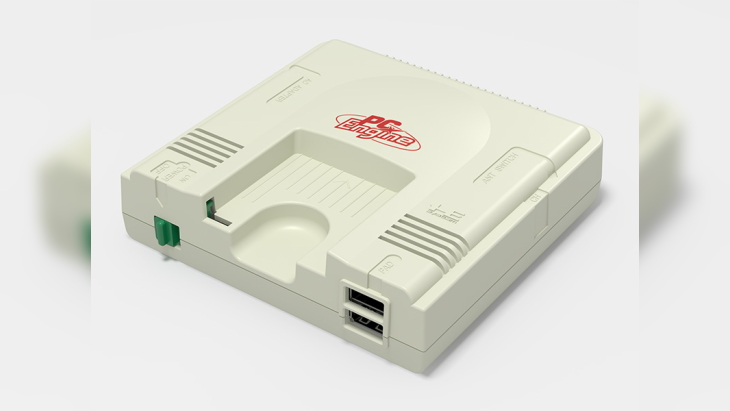
If you grew up playing video games in the 1990’s, you either owned a SEGA Genesis or a Super Nintendo Entertainment System. This was the most brutal of all console wars and to this day, the argument still wages on which was better.
Then there was Hudson Soft and NEC’s PC Engine, a console for a true patrician gamer. Known as the TurboGrafx-16 in the United States and as the COREGrafx in Europe, this HU-Card based console was the first to market itself as rendering 16-bit graphics, though this was not technically true.
It’s the first CD-based console due to its CD add-on, which helped it stay relevant by producing some of the most impressive looking and sounding games of its time. With Konami now owning Hudson Soft, and Nintendo and SEGA both finding success with their takes on “mini-consoles”, the PC Engine Mini has come with the most impressive unit yet.
PC Engine Mini
Developer: M2
Producer: Konami
Release Date: March 19, 2020
Players: 1
Price: $99.99
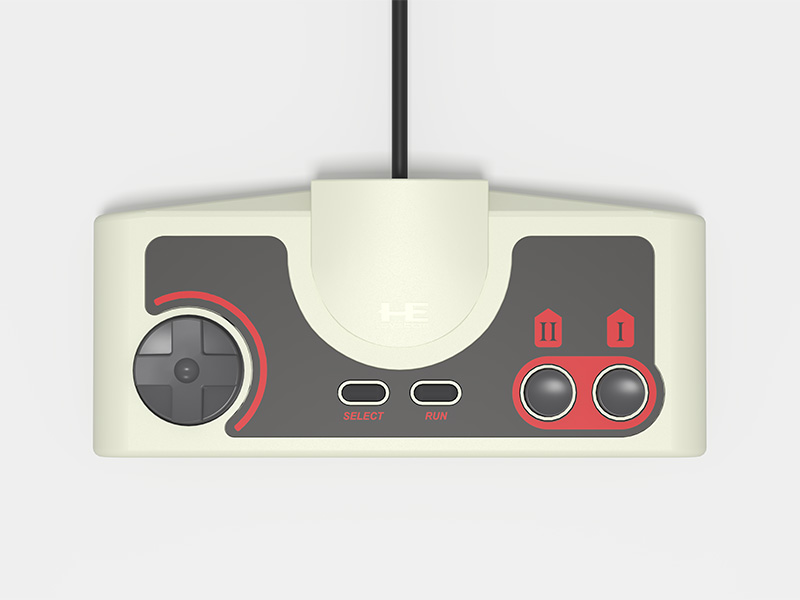
The original PC Engine was already a compact and dainty little console. The PC Engine Mini is barely any smaller than its 1987 counterpart, with only a 2 centimeter diameter difference. To the untrained eye, it would be easy to confuse the mini console with the real deal.
Like many consoles of the late 80s, the PC Engine had a very spartan two-button controller layout. Back then everyone was still getting the hang of this whole “gaming” thing, so it was always best to make the controller easy to pick up and understand. This is a far cry from modern controllers that have four face buttons and another four on the shoulders.
It may look rudimentary, but there is an elegance to its simplicity and form factor. Sometimes the designers from back in the day got things right the first time, and this controller is very faithful to the original. Buttons snap and click nicely, while the overall construction feels durable and built with a high quality plastic.
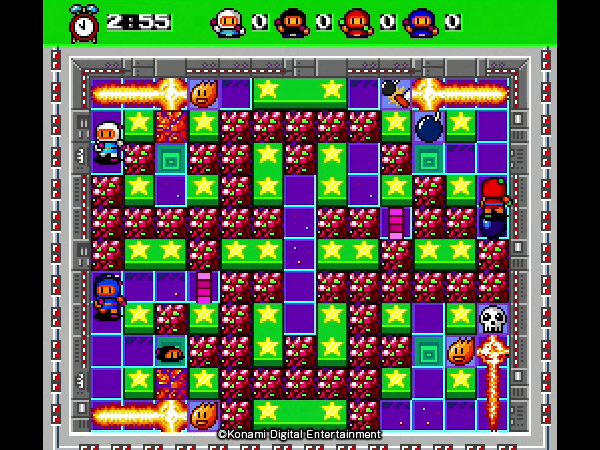
If you had the North American or European equivalent of the PC Engine, then you’d have the console to own if you wanted 2D shooters. Some of these shoot’em ups are widely considered some of the best the genre has to offer.
Titles like Soldier Blade, Air Zonk, and Blazing Lazers were classics on the TurboGrafx-16, and are included within the PC Engine Mini. While these spicy shooters are beautiful with fine pixel art and rocking soundtracks, this mini console comes with highly desirable Japan-only shooters as well.
There are 12 shooters for the Japan section of the PC Engine Mini, and not a single one of them is a dud. The real standouts are both Spriggan games that feature fully-voiced cinematic sprite-based anime cutscenes, and Ginga Fukei Denetsu Sapphire- which is one of the few titles that used the arcade card add-on that expanded the graphical capabilities.
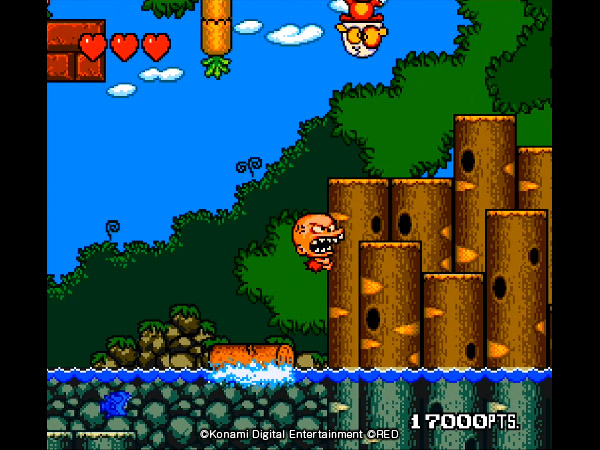
Much like the SEGA Genesis, the PC Engine had its fair share of add-on peripherals. Unlike SEGA’s attempt to add life-support to their hardware, Hudson Soft and NEC actually delivered worthwhile add-ons that had some decent third-party support.
Hudson Soft was a game developer with experience and released some impressive games on other consoles in the past. They used their knowledge to craft the architecture with NEC to ensure the PC Engine and its add-ons would be something developers could easily build their games on.
The results were games that looked way more advanced than anything else on the market. Castlevania: Rondo of Blood, Lords of Thunder, and Gradius II hold up beautifully and look like something you would have seen on a 32-bit console. For some reason, the PC Engine attracted some of the most talented artists and programers in Japan.
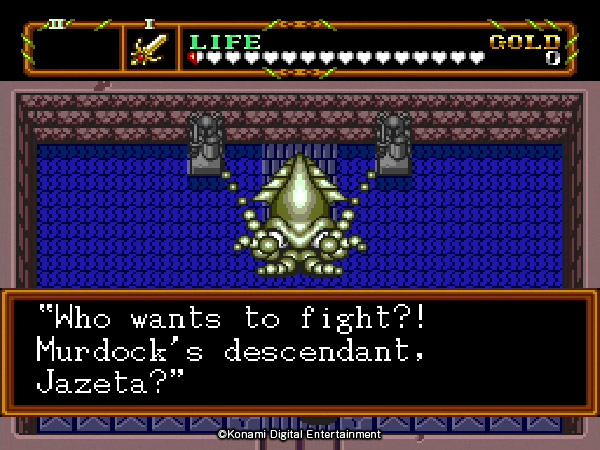
Ginga Fukei Denetsu Sapphire‘s visuals and sound were a generation ahead, and even has aesthetics that put modern shoot em’ ups to shame. It’s incredibly smooth, with sprites that have elaborate animations, and production values that made this game one of the most rare and cost prohibitive shooters included in the PC Engine Mini.
Elusive and expensive shooters are just the tip of the iceberg in the PC Engine Mini. There are many action and adventure games in here that you won’t be able to play without “sailing the high seas”. Neutopia II is a really impressive take on The Legend of Zelda-style of adventure games, that manages to be on par with A Link to the Past.
One surprise was a darling of 2D overhead action games Legend of the Valkyrie. A cute anime valkyrie who will find herself doing lots of platforming and puzzles in a semi-arcadey RPG. Sadly, this one is not in English at all, and not understanding the text does take away from the experience. It is totally playable despite this language barrier.
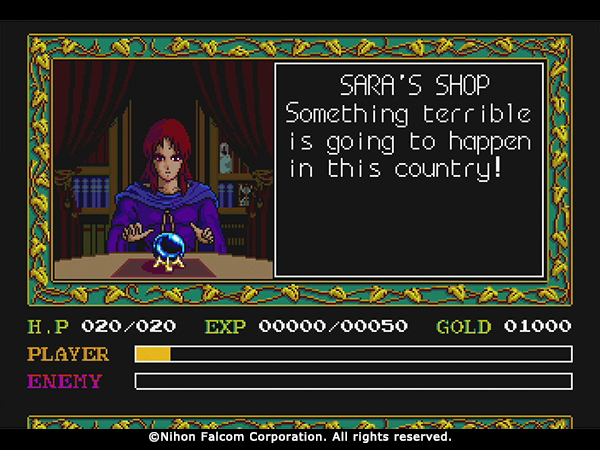
Regardless if you are going to import a PC Engine Mini, or wait for the TurboGrafx-16 Mini, you’re going to find that Konami chose to include several text-heavy games that are only in Japanese. Why these are being included in the units for the English speaking countries defies all logic and reason.
It is understandable that Snatcher or Jaseiken Necromancer would be in the PC Engine Mini. These were classics in Japan, but have no place in the TurboGrafx-16 or COREGrafx Mini. If you do decide to import the PC Engine Mini, then you’ll have two other Japanese text heavy games that look amazing.
Tengai Makyo II: Manji Maru is widely considered one of the best RPGs in Japan. It had 90 minutes of cutscene animation with three hours worth of voice acting, and dozens of CD quality audio; which was why it was considered one of the most costly games to be developed in its time. It is a shame only Japanese speakers get to enjoy it.
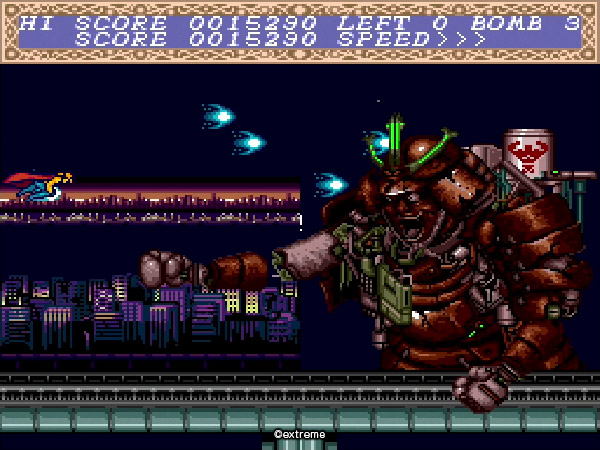
Super Momotaro Denetsu II is another frustrating and confusing Japanese-only game that is also included in the TurboGrafx-16. It appears to be some kind of dice-based board game where a kid with panties on his head is trying to manage a railway system. Impressively, it supports five players.
If you are going to play anything on the PC Engine Mini with friends, it is going to be Bomberman ’93. If you spend a little extra on the multi-tap and four extra controllers, then be ready some simple yet addicting and satisfying bombing action.
Before Super Smash Bros. and Goldeneye on the Nintendo 64, friends would settle all disputes with bouts of Bomberman games. It just so happens that the PC Engine Mini has two of them, and a Puyo Puyo style puzzle game spin-off of Hudson Soft’s venerable party action game.
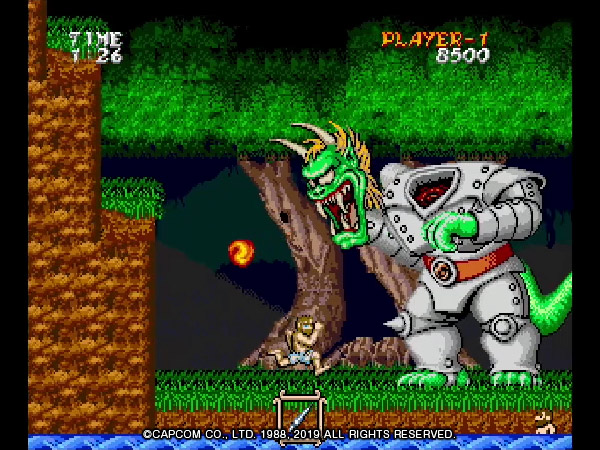
Some included titles like the Bomberman games are ports or have been ported to various other consoles. The quality of the PC Engine ports may vary, but generally you are getting an interesting conversion of some classics.
Ninja Ryukenden happens to be a port of the NES version of Ninja Gaiden. The gameplay is still as hard as it ever was, and it still has its appeal, but the music just is not the same. The original soundtrack was so intense for 8-bit, and the new score just fails to capture it at all. It is not a bad soundtrack on its own, but when the original was so incredible, it is hard to accept anything less.
Daimakaimura is a port of the arcade version of Ghouls ‘n Ghosts. While it is obviously not arcade perfect, it is a great port that is way more fluid and stable than what the SEGA Genesis and Super Nintendo got. Graphically, it has the PC Engine aesthetic and this is arguably an improvement.
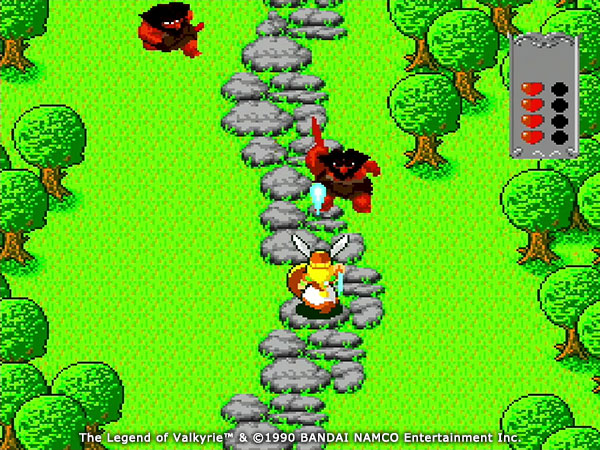
The PC Engine did not have too many bad games. At its worst, the weakest games could be considered overwhelmingly mediocre. Regretfully, a few made it onto the mini console as well.
Power Golf may boast lush pixel art for something from the end of the 80s, but it is an agonizingly boring golf game. Golf on the NES is a much older and more enjoyable game of putting your balls in a hole than what’s available here.
The biggest stinker on the PC Engine Mini is probably Moto Roader. This turkey was sub-par even in its day, with underwhelming visuals and utterly brain dead bird’s eye view racing.
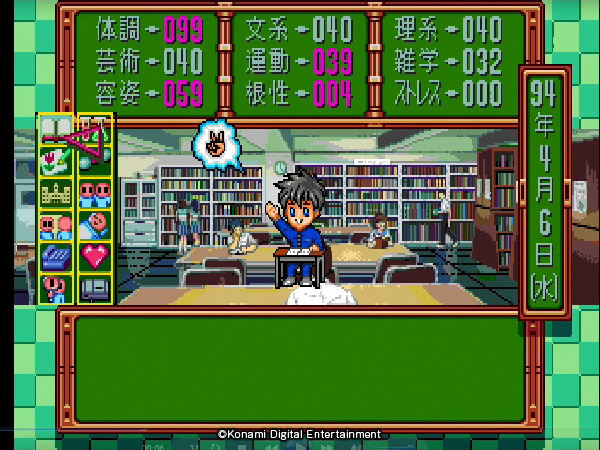
Aside from the few duds and the Japanese only text heavy games, there is still a lot in the PC Engine Mini that makes it worthwhile. Splatterhouse happens to be uncensored only on the PC Engine Mini, and the other two versions get the “red mask” Rick edits.
Splatterhouse is a very early horror game with bare-bones beatem’ up gameplay. It was shocking for its time due to the grotesque and gore imagery that still carries its atmosphere effectively. A shallow game, but a very amusing one.
Sadly, all units will have J.J. & Jeff, the censored version of Kato-chan & Ken-chan. The uncensored version was memorable for its scatological humor and gross-out visual gags. Without the vulgar charm, it’s a run of the mill 2D platformer that apes from Super Mario.
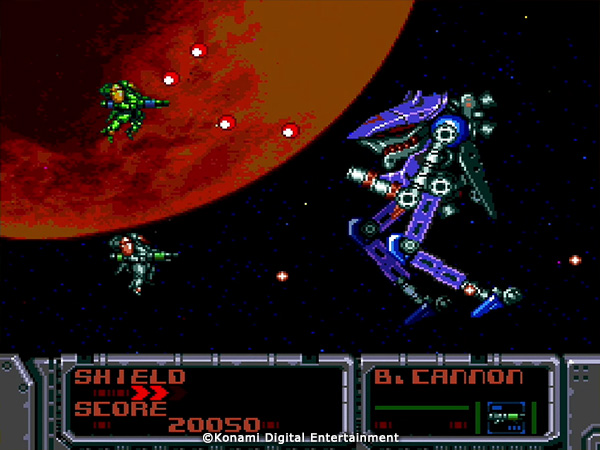
Konami and M2 did not cut corners with their mini console. It does have a very strong line up included in the hardware, but there are some tragic omissions that really should have been there.
The Dynastic Hero was a very impressive Metroidvania that made use of the extra fidelity allotted from the CD ROM add-on. It was originally owned by Hudson Soft, so that would make Konami the current owner. Why it was not included is the PC Engine Mini’s biggest blunder.
A few other notably absent PC Engine classics are the Valis games. Not a single one of the four were included. This was a pretty big franchise on the console back in the day, with the remake of the first game, Mugen Senshi Valis being the absolute pinnacle of the series.
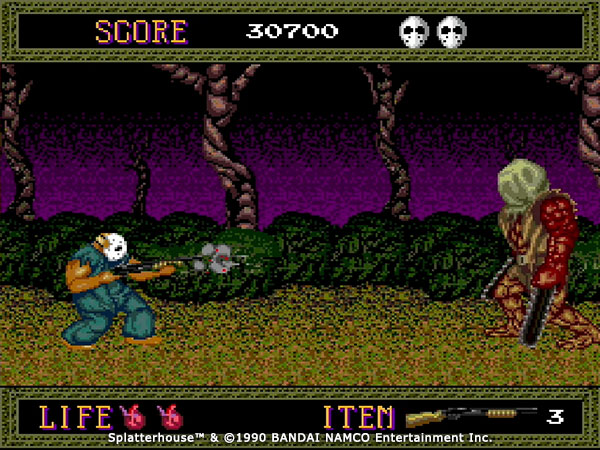
Mad Stalker: Full Metal Force is another obscure PC Engine CD game that will sadly be lost to time. This 2D mecha action game has incredible sprite work, and it was woefully overlooked when it came to deciding what titles what could make the cut.
While most of the best HU-Card based games are represented, Konami could have made an entire PC Engine CD Mini dedicated to just the unbelievable games that made use of the CD technology at the time.
There were some innovative and visually striking action games on this machine that could eclipse what more advanced consoles were pushing at the time. It is a crime that many of them wont be represented, but J.J. & Jeff get a second chance.
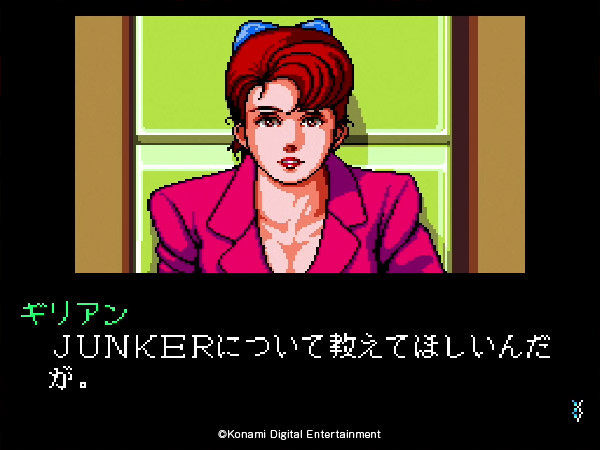
The PC Engine Mini, is by far the most impressive mini console so far, but Konami did make a few miscalculations. The USB power cable does not include a plug box at all, so make sure you have your phone charger handy.
For its price, this is the most expensive mini console. It really should have come with one extra controller. There are a substantial amount of games are best played with at least one other person like any of the Bomberman games or for some of the co-op shooters.
Like all other mini consoles, there are four slots per game for save states. This is useful for marathon games like Chew-Man-Fu, or circumventing the need for passwords entirely.
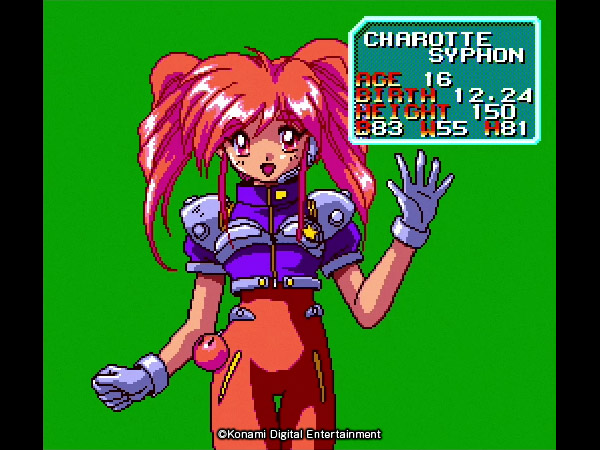
Input lag on these emulation boxes are inevitable, since no matter how good emulation gets, it will never be the same as original hardware. Through out most of the games, M2 did an admirable job at addressing latency as much as possible.
Not all made it though, as Lords of Thunder has some egregious input delay, and it’s almost unplayable as a result. There are some sound bugs peppered here and there, but only those who have experienced the games on the real console would be able to notice.
There are also several screen scaling options, including a pixel-perfect setting. Though you really shouldn’t bother using anything other than the default mode. These games were originally designed with a 4:3 aspect rations and the pixel-perfect mode will make everything much more narrow than it was intended.
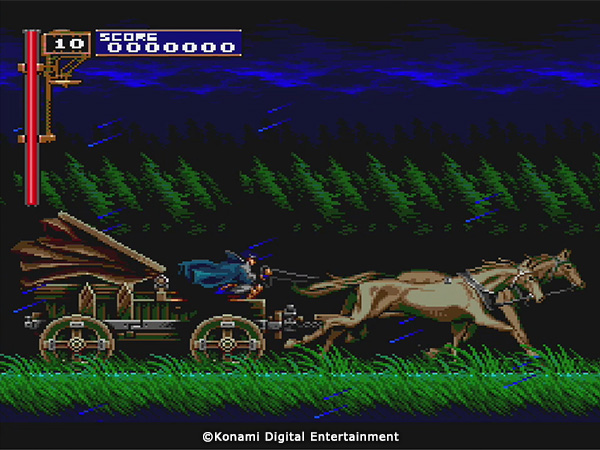
The PC Engine Mini is absolutely worth the price for the hardcore gamer who never had a TurboGrafx-16, or no longer has one. Finding original copies of some of these games like Ginga Fukei Denetsu: Sapphire will cost more than double of what Konami is asking for.
Some must-haves like Castlevania: Rondo of Blood may be available on PSN, but there is still so much more to the PC Engine. Included are some of the best shootem’ ups the genre ever had and some really impressive ports of arcade classics.
The hardware of the PC Engine Mini is developed by Hori, and they prove why they are the best around. All the other mini consoles are mere ants in the aftermath that bow to the PC Engine master race.
PC Engine Mini was reviewed using a personal unit. You can find additional information about Niche Gamer’s review/ethics policy here.
Image: PC Engine Mini Official Website